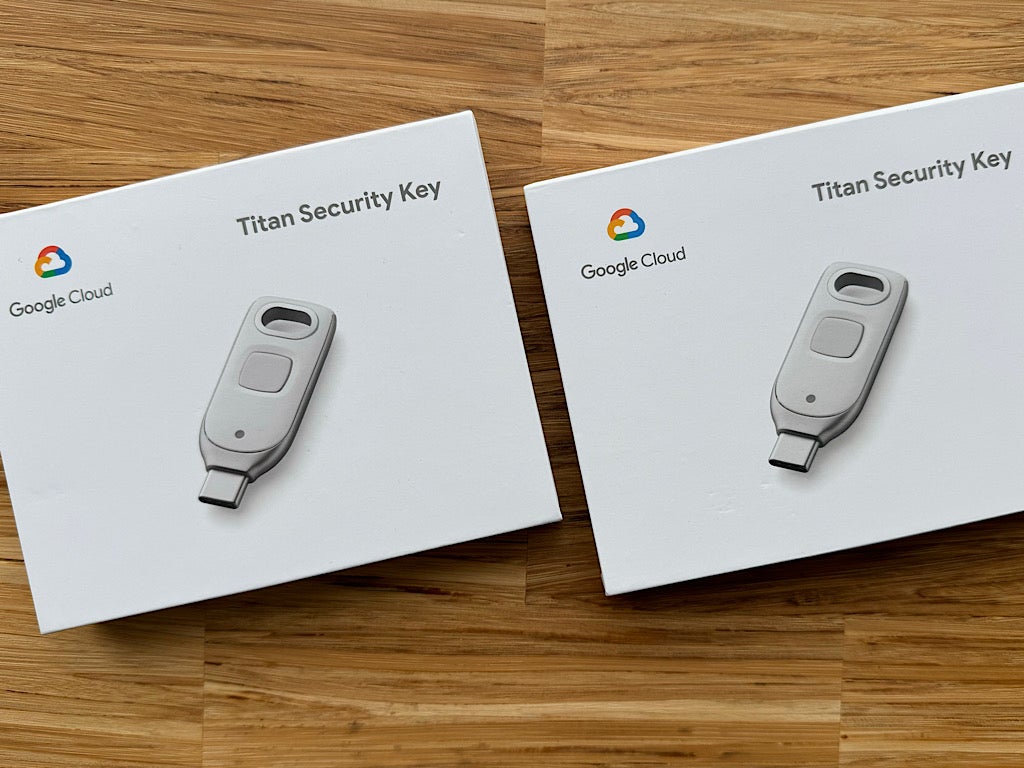The role of procurement extends beyond transactional activities. A procurement strategy allows an organization to navigate an increasingly complex global supply chain, adapt swiftly to market fluctuations, and achieve cost optimization, operational efficiency and growth.
By assessing and proactively managing risks inherent in the supply chain, organizations can shield themselves from disruptions and strengthen the resilience of their operations. In addition, a well-crafted procurement framework fosters innovation and sustainability. It can nurture collaborative partnerships with suppliers and integrate ethical and environmental (green purchasing) considerations into the sourcing strategy.
A procurement strategy is not merely a series of steps for acquiring goods and services. It should be a strategic roadmap that, when effectively designed and implemented, aligns with the mission of the organization and greatly contributes to its success.
What is a procurement strategy?
A procurement strategy is a structured plan that an organization develops to guide its purchasing process in a way that aligns with its business needs. The goal of a procurement strategy is to ensure the efficient, cost-effective and sustainable acquisition of goods or services that are essential for the organization’s operations. The strategy should outline and provide specific guidance for performing the steps of the procurement process, which often include:
Identifying needs of the business
Sourcing potential suppliers
Negotiating contracts
Managing relationships with the suppliers
Maintaining records of every step
The strategy used to guide these steps can differ from organization to organization, depending on its industry and needs. Examples of goals that are common to many procurement strategies include eliminating maverick spending, increasing delivery efficiency, minimizing errors and complying with applicable regulations. Building strong supplier relationships to encourage favorable contracts and service is also a common goal.
A balance of talent, technology, compliance, ethics and sustainability is needed to align procurement activities with corporate objectives. An effective procurement strategy should be open to new approaches and encourage ideas that bring value, efficiency and continuous process improvement to the organization. This enables an effective and adaptive approach to sourcing that creates value and minimizes risk.
When implemented with clear objectives, the procurement strategy will provide a roadmap for procurement managers to follow. It will outline their purpose, responsibilities and goals and the critical role they play in the overall success of the organization.
Steps to a successful procurement strategy
Key steps to develop an effective procurement strategy include:
1. Conduct a current state analysis (CSA)
Assess the efficiency and effectiveness of the current procurement strategy framework (if there is one) and determine if it will meet current and future needs. Do a spend analysis; identify strengths, weaknesses and opportunities. Evaluate and categorize the components of procurement costs, from direct costs—such as the costs of goods and services—to indirect costs—such as administrative expenses and overhead. Examine costs related to specific suppliers, cost variables and trends, and the total cost of the procurement process to clearly understand what is being spent and where.
2. Determine organizational needs
Businesses always want to improve the bottom line; but how, specifically? Understand the organization’s needs—whether it’s increased sales, managing cash flow, shorter time-frames, improved forecasting, quality management or sustainability—and how they align with the overall business strategy and long-term plan. A procurement strategy that is integrated with these needs ensures that the procurement process will contribute directly to the organization’s profitability and success.
3. Engage stakeholders
Identify and collaborate with internal departments, suppliers and all those who may be impacted by the plan. Some may not agree with the proposed changes. Gather diverse insights, understand needs and manage expectations. Stakeholder engagement is key to ensure the strategy is well-planned and supported throughout the organization.
4. Determine business objectives
Define specific measurable, achievable, relevant and timely (SMART) objectives for the procurement function. These objectives should directly support the overarching business goals and provide a clear framework for the procurement strategy. For instance, if cost savings is a goal, a corresponding procurement objective might be achieving a level of cost reductions. Additional goals might be risk management and mitigation, supplier relationship management and sustainability considerations.
5. Define procurement policies
Establish and agree on clear procurement policies, procedures and operating models that align with organizational goals. This is a good time to review current processes and adjust them to suit the new approach. Tasks such as vendor selection criteria, contract management and compliance initiatives should be clearly defined. Communicate the opportunities these changes bring and explain their benefits for stakeholders. Be flexible. Policies serve as guidelines for the procurement team, ensuring consistency and adherence to ethical standards.
6. Integrate new tools
Explore the tools and technologies that will support the success of the new strategy. Procurement is no longer an analog process; a growing percentage of it takes place online (e-procurement). Procure-to-pay (P2P) software links procurement practices to accounts payable and can streamline steps such as supply management, purchase orders and invoicing. Additional procurement software includes spend analytics tools and supplier relationship management (SRM) software. These increase accuracy and productivity, track purchases and offers data visibility that informs decision making and reduces risk, inefficiencies and time-consuming delays.
7. Develop the strategy
Develop a comprehensive procurement strategy based on the insights gathered in the previous steps. This involves creating a strategy statement, outlining the approach to procurement, including supplier management, risk mitigation and cost optimization. The strategy should be flexible enough to adapt to changing market conditions and organizational needs.
8. Define success
Establish key performance indicators (KPIs) that will be used to measure the success of the procurement strategy. These metrics should align with the defined business objectives and provide quantifiable benchmarks for evaluating performance. Common success criteria include error reduction, leveraging savings opportunities and improving supplier performance ratings, workflows, procurement cycle times and compliance.
9. Implement the strategy
Execute the procurement strategy in a phased and well-coordinated manner, deploying the defined policies, procedures and technologies. Provide necessary training to ensure procurement success.
10. Measure and refine the strategy
Regularly measure the performance of the strategy against the established success metrics. Determine if it is fostering change and improving the organization’s overall performance. Utilize data and insights to analyze outcomes, identify areas for improvement and refine the procurement strategy accordingly. Continuously monitor and adapt to ensure that the strategy remains responsive to changing market dynamics, evolving business goals and emerging opportunities or challenges.
Benefits of a successful procurement strategy
By implementing strategic sourcing and purchasing opportunities, organizations can achieve substantial cost savings. Moreover, an effective procurement strategy enhances operational efficiency by streamlining processes and introducing automation technologies. This results in reduced administrative tasks and faster procurement cycles.
A successful procurement strategy also mitigates risks inherent in the supply chain. Using risk assessment and management practices, organizations can safeguard against disruptions and ensure agility and continuity. The strategy can also foster improved supplier relationships, collaboration and innovation. Collectively, these advantages empower organizations to navigate the complexities of modern business with resilience, agility and a competitive advantage.
Procurement and IBM
By systematically navigating through these steps, organizations can establish a procurement strategy that meets immediate needs and can evolve to contribute to sustained success for the organization.
IBM’s procurement consultants collaborate with clients to create intelligent workflows that combine your procurement team’s expertise, exponential technologies like AI and automation, and internal and external data sources—all enabled on your hybrid cloud. By building smarter end-to-end procurement workflows, we help companies empower employees with powerful insights to do higher value work and transform sourcing and procurement strategy initiatives.
Explore procurement with IBM Consulting























